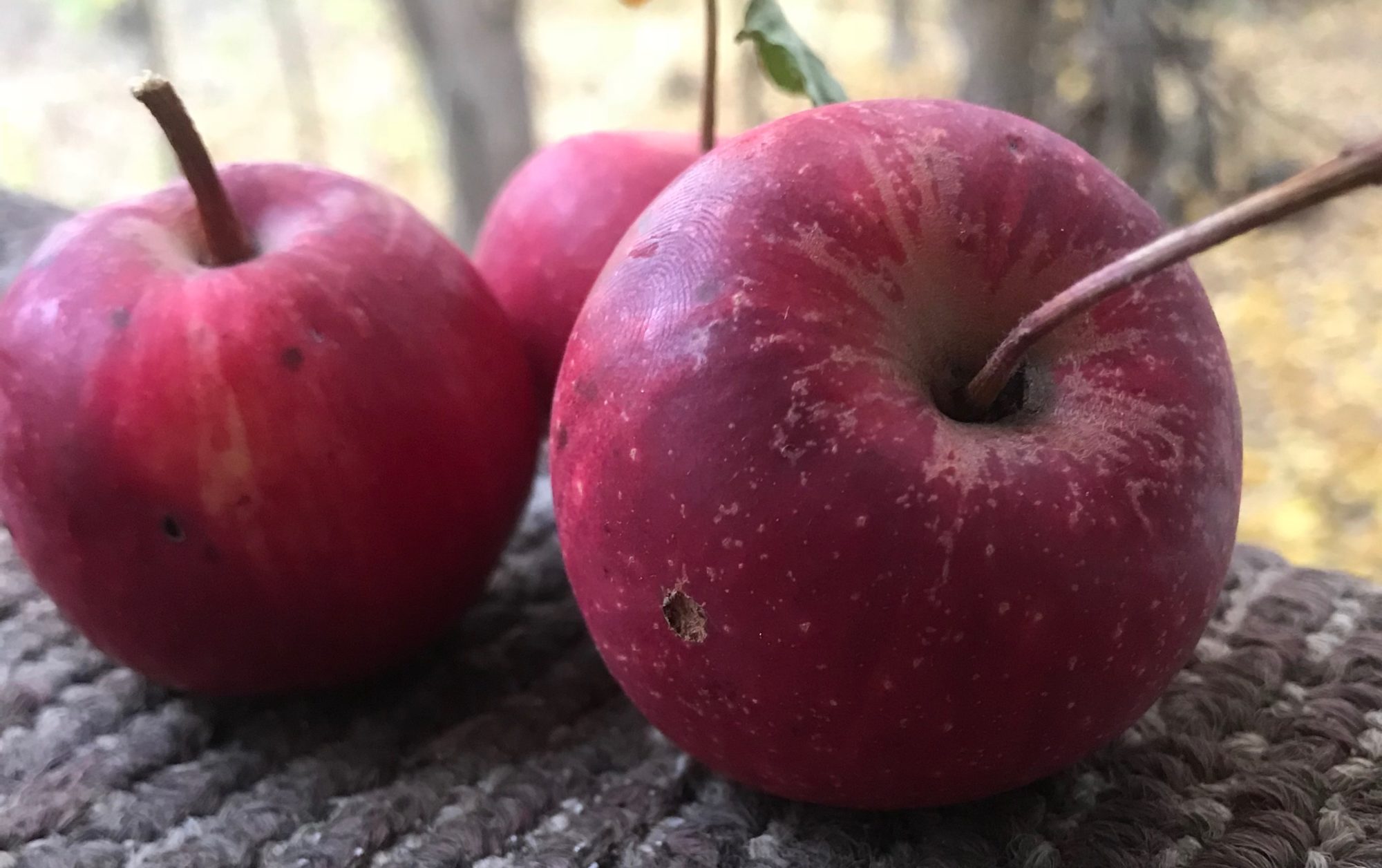How do I make a fire?
First, you need something that will burn. A cord of seasoned wood would be nice, but most of the time when you are making a fire while camping, you have to gather fuel from fallen limbs, underbrush and weeds. At least you should. Try to only use fallen wood to keep the impact down. If you are in a public area, check the regulations before heading in.
Sometimes, there is punk, or rotten, wood inside fallen, hollow logs. Use a stick, machete or other long instrument to make sure there isn’t an inhabitant before putting in your hand. Dig out some dry punk wood and use that as tinder. Leaves, twigs and other dry things, including moss, will make good tinder. If you have paper, cardboard or other things, you can use those as the main tinder with the more natural stuff around it. If there are grubs or worms, consider keeping them to put into a stew later.
|
|
|
If you are in an area with pine trees, you are in luck. Evergreens drop their needles just like deciduous trees drop their leaves. Not only do pine needles burn well, you can use them for bedding and the longer ones can be used to weave baskets. If you see little yellow, white or clear drops on the ground around the pine tree, this means that there is a cut into the tree letting out the sap. The sap is good for many things and is where pitch (a good sealing goop) is derived from. Sap will make a log sputter a little bit, but it smells good and can provide a good bug repellant when burned. Some hair tonics for dandruff even use pine tar.
Evergreens are everywhere.
You can make firestarters with pine cones.
One of the things I like to do is to save the stubs off of taper candles. I put several into my pack and keep those for starting fires. I have never been good at using flint and steel, magnesium blocks or- the boyscouts favorite- the fire bow. I cheat. I put a nest of tinder around a candlestub, put the larger twigs, branches and logs around and over that nest, and light the candle stub. I also use butane lighters (not put into the fire like the candle stubs!). I do not mind matches, and usually have some around, but I detest the waterproof ones that are also strike proof.
Fiona Sez: I use flint and steel to start my fires. It comes in a neat little pocket-size package at many stores. Bic is a good brand name.
To select a site for your fire, keep several things in mind. Things around the fire. Things above the fire. Things below the fire.
Things around the fire should be nonflammable, like rocks and sand, or far enough away that it gets warm, not hot. A rock face or lean too is great for reflecting the heat and keeping it where you need it. There are wind guards that can be made, or purchased, out of canvas, leather and other materials, but be aware that they work best with small glow-fires, no big blazers. Use rocks around the fire to keep the logs from shifting and to help hold the heat at night.
Above the fire should be clear of tree limbs, especially when it is snowing. Just like in the Jack London book, the snow will melt and fall into your fire, killing both the fire, and you. If you have inclement weather, a metal sheet or dish, like a wok, will help to keep the fire ‘dry’. It also makes a great cooking surface.
Things below the fire should not be flammable. This sounds silly, but if you scrape down to hard dirt or rock before you make a fire, you are less likely to have a runaway fire, and you can find out if there is water beneath your firepit. A mushy firepit is not very fun to have. You can place rocks, sand and other inert materials in the bed of the firepit to keep it from becoming a nuisance fire. I recommend just scraping if you are there for a night, more prep if you are going to be there for a week or so.
Once you have a fire that is going well, you can cook. Try not to set your pots directly on the flame, though a roll of aluminum foil can be great for wrapping around fish, potatoes or other root stock. A trivet or something else to keep some space between your cooking pot and the coals is a good idea. Putting an aluminum Gerrycan right on the coals can loose you the kit. Trust me on this one.
When you are done with the fire, put it out with water, mud, urine – anything that will douse the fire. The area can stay warm for several days if you have been using the same firepit for more than 24 hours. This means that a hot spot can ignite dry leaves or other tinder even a day after you have left the area. After you have doused the fire, stir the coals, toss around any stones you have used as a fire ring, and use dirt from when you scraped the pit out to cover the area. Try to make it look as if there had not been anyone there. Minimum impact.
And don’t burn and leave anything you wouldn’t eat. Plastic, foil, beverage containers. Pack them out with you.
(You can also avoid most of this by packing in a small camp stove.)
What if you burn yourself, not just your food? Look over the Burn First Aide page for some guidelines.
